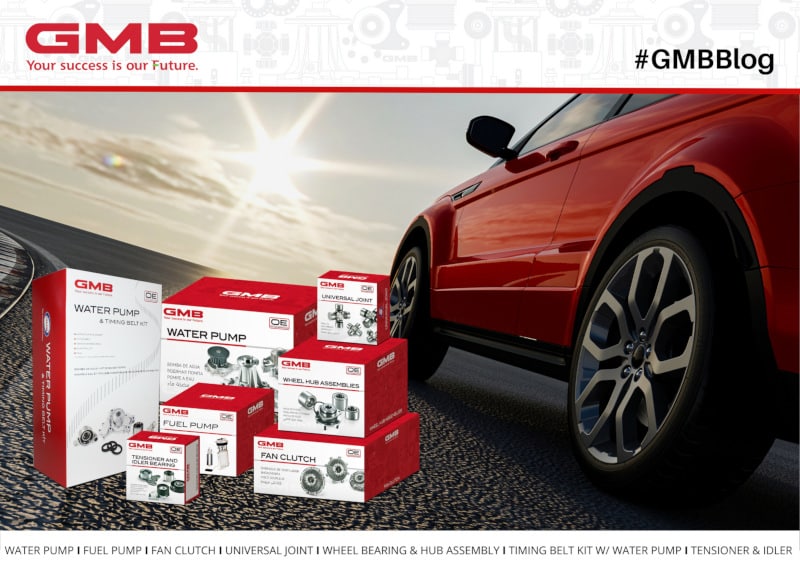How To Explain Timing Belt Failure To A Customer
As a crucial component of a vehicle’s engine, the timing belt ensures the synchronized operation of various internal parts. Timing belt failures remain a common concern among car owners because of the risk of expensive damage if the belt fails.
In this guide, we’ll delve into customers’ most common questions and concerns surrounding timing belts, including its functions and importance, and shed light on the critical aspects of timing belt replacement.
What Is A Timing Belt, And Why Is It Important?
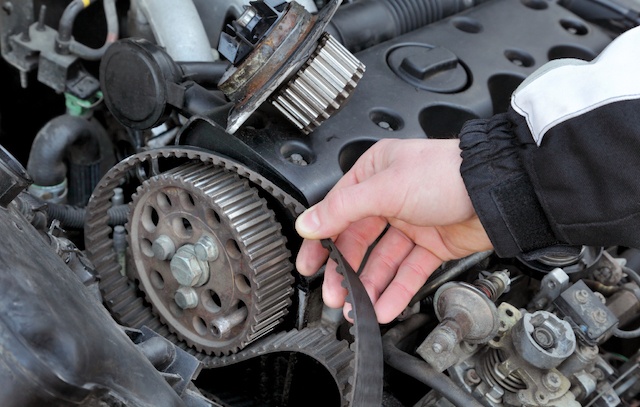
The timing belt, often made from durable rubber, is integral to your vehicle’s engine. Its primary function is to synchronize the crankshaft and camshaft(s) rotation, allowing the engine’s valves to open and close at precise intervals. This synchronization ensures that the intake and exhaust valves operate harmoniously with the piston movement, optimizing combustion and power generation.
The timing belt’s role in the engine’s operation cannot be overstated. A well-functioning timing belt maintains proper valve timing, preventing collisions between the valves and the pistons. If the timing belt fails, the valves and pistons can collide, causing catastrophic engine damage that could lead to costly repairs or even engine replacement.
Common Questions And Concerns
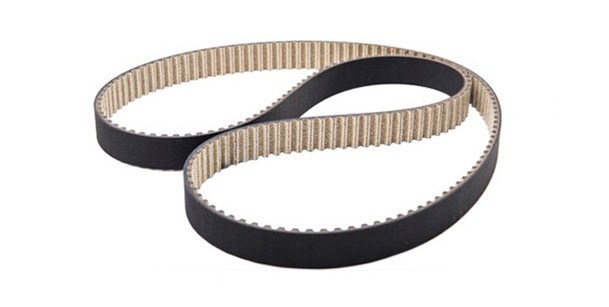
- When should I replace my timing belt? Timing belt replacement intervals vary by vehicle make and model, usually between 60,000 to 100,000 miles. The correct interval is usually covered in the vehicle owner’s manual, or customers can consult with a professional mechanic for specific recommendations.
- What are the signs of a failing timing belt? Warning signs may include engine misfires, unusual noises (like a ticking or slapping sound), engine backfiring, difficulty starting the engine, or decreased performance and fuel efficiency.
- Can I visually inspect the timing belt? The timing belt is usually covered by a protective casing, making a visual inspection difficult. That’s why relying on manufacturer-recommended replacement intervals is important to ensure optimal engine performance.
- Can I replace the timing belt myself? Timing belt replacement is a complex procedure that requires specialized tools and knowledge. It’s recommended to entrust this task to a qualified mechanic to avoid potential mistakes and engine damage.
Timing Belt Failure Causes
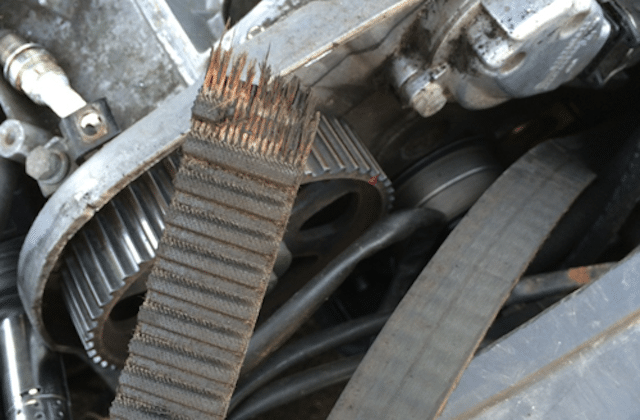
Timing belt failures can be attributed to various factors, including:
- Age and Mileage: Over time, the rubber in the belt can deteriorate, leading to cracks, fraying, or snapping.
- Oil or Coolant Contamination: Oil or coolant leaks can damage the timing belt’s rubber, weakening its structural integrity.
- Tensioner and Pulley Wear: Tensioners and idler pulleys help maintain proper belt tension. If these components wear out, they can cause the belt to slip or break.
- Extreme Temperatures: Drastic temperature changes can accelerate the belt’s wear and deterioration.
Replacing The Timing Belt
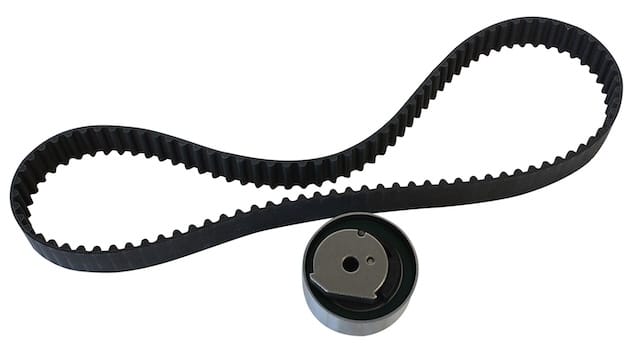
Timing belt replacement is a complex, multi-step process that involves several crucial tasks:
- Inspection: A professional mechanic will assess the condition of the belt, tensioner, and pulleys.
- Component Removal: The old belt, tensioner, and pulleys are carefully removed.
- Preparation: The new timing belt and the necessary components are prepared for installation.
- Installation: The new timing belt is fitted accurately according to the manufacturer’s specifications to ensure correct timing and optimal performance.
- Tensioning: Proper tension is crucial; too tight can lead to premature wear, and too loose can cause belt slippage.
- Testing: The engine is tested after replacement to ensure correct timing and optimal performance.
GMB Is Your Source For Quality Timing Belts
GMB has you covered for all your timing belt needs, carrying the highest quality products for cars, trucks, and SUVs. Like all of the parts we carry, you can trust us because:
- We have been an industry-leading OEM and aftermarket automotive parts manufacturer since 1943.
- We have locations on the east and west coasts in the US and global locations in Asia and Europe.
- We believe your success is our future, so we offer the products and support you need.
If you have any questions about our timing belts or any of our products, please get in touch with us.
MORE CONTENT
Stay current!
Sign up here to get the latest news
and updates on all things GMB.
Sign Up To Receive GMB News & Updates!
